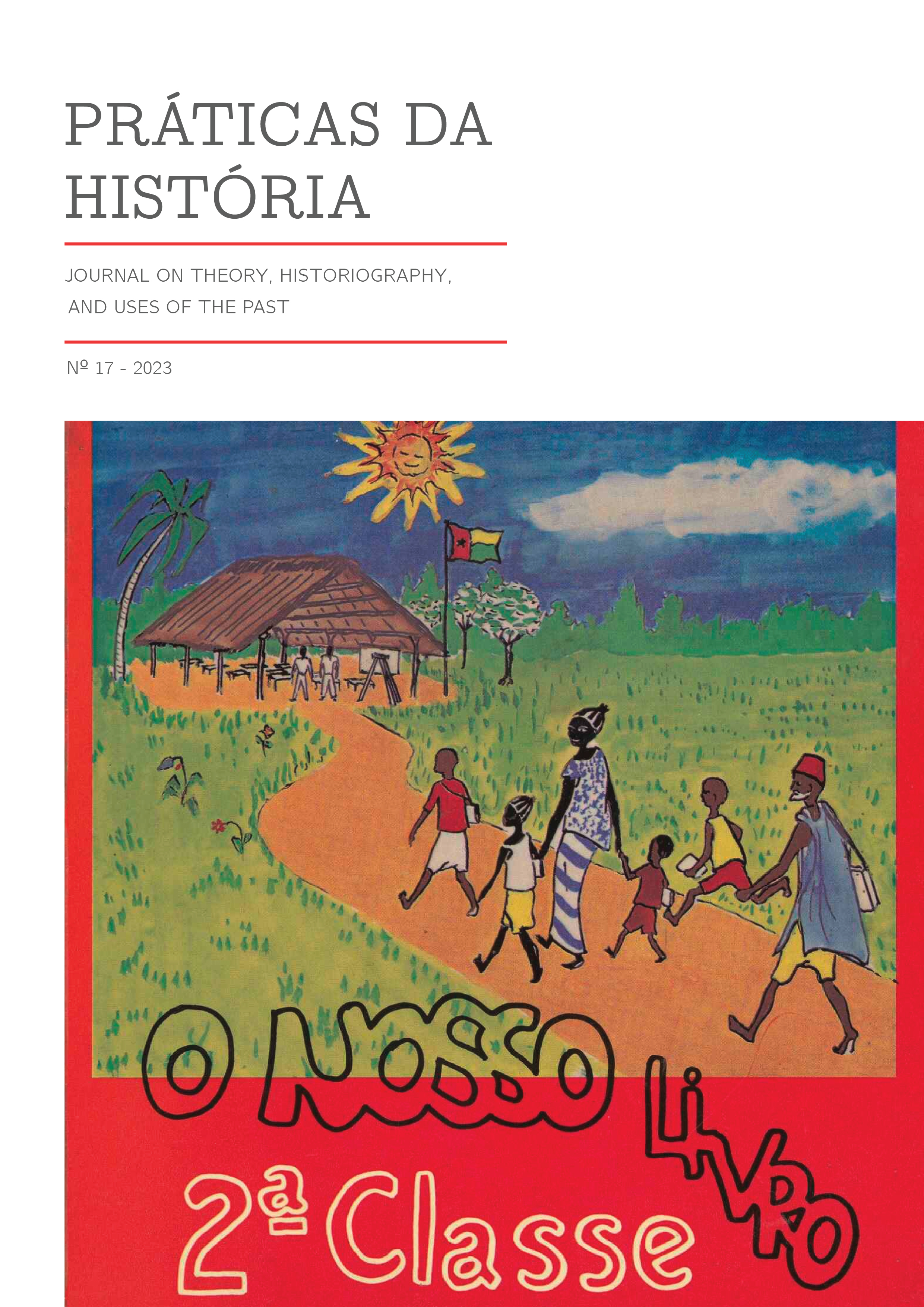"I Don't Know if I Am Key or Kocker...": (Post)memories, Education and Literacy in Guinea-Bissau. A Conversation with Mário Cabral and Pansau Cabral
DOI:
https://doi.org/10.48487/pdh.2023.n17.33191Abstract
Although his trajectory is poorly studied, Mário Cabral, a former militant and leader of the African Party for the Independence of Guinea and Cape Verde (PAIGC), is one of the central figures of the period of the liberation struggle and post-independence in Guinea-Bissau. The son of a colonial administrator that conceded a great importance to education, Mário Cabral narrates his life and career since his childhood until the high positions he occupied after the independence of his country, going through his studies in Portugal, his clandestine activism and the periods he spent in Conacry and Madina de Boé. This interview with the former Commissioner for the Educatin and Culture of Guinea-Bissau reveals the individual trajectory of a man for whom education must be an integral part of the struggle for formal and concrete independence, but also indicates the importance of post-memory in the reconstitution of the history of the 1970s. Pansau Cabral, the son of Mário, joins the conversation, linking the threads of memories sometimes intact, sometimes damaged by the years. This resulted in a prime historical source about the trajectory of a Guinean man, activist and leader of the PAIGC, whose convictions and actions sought to transform the educative landscape of his country



